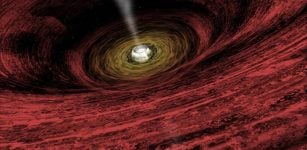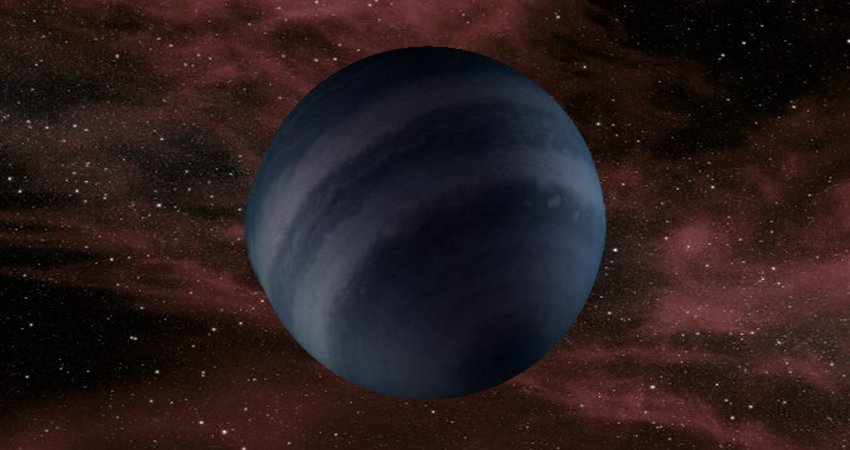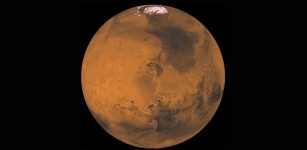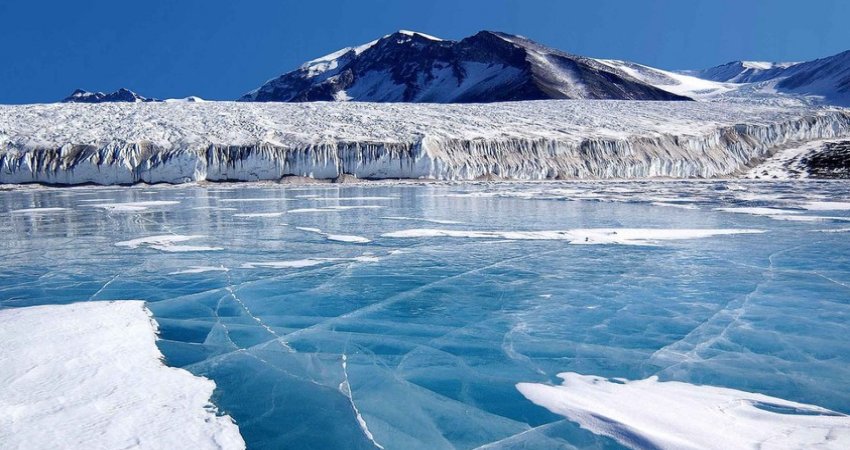Chaotic Solar System Responsible For Climate Changes – Ancient Rocks In Colorado Offer Evidence
MessageToEagle.com – Ancient rocks in Colorado, USA offer first evidence that support the Chaotic Solar System theory. More and more scientists think that a chaotic solar system is responsible for climate changes.
What Is The Chaotic Solar System Theory?
The stability of the solar system is one of the oldest problems in theoretical physics, dating back to Isaac Newton. From the 18th century, the dominant view of the solar system was that the planets orbited the sun like clockwork, having quasiperiodic and highly predictable orbits. In 1988, however, numerical calculations of the outer planets showed Pluto’s orbit to be “chaotic” and this discovery led to the birth of the Chaotic Solar System theory.
The long-term behavior of the solar system is relevant to a number of issues such as for example climate change.
How Can A Chaotic Solar System Be Responsible For Climate Changes?
Proposed in 1989 by astronomer Jacques Laskar, now at the Paris Observatory, the theory accounts for small variations in the present conditions of the solar system and how the planets in our solar system behave in their orbits around the Sun.
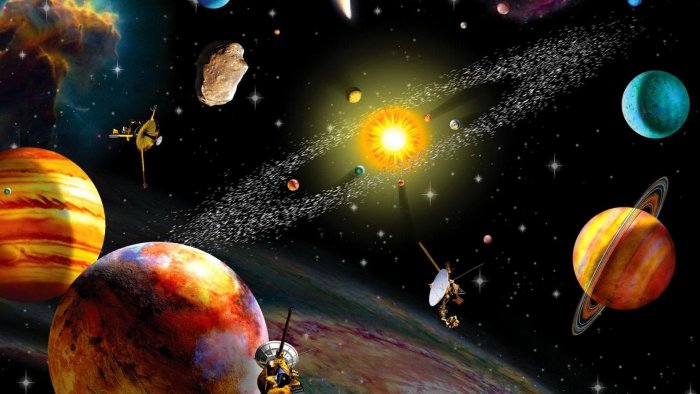
It has been suggested that these variations, playing out over many millions of years, produce big changes in our planet’s climate. These changes are reflected in the rocks that record Earth’s history.
Using evidence from alternating layers of limestone and shale laid down over millions of years in a shallow North American seaway at the time dinosaurs held sway on Earth, researchers from the University of Wisconsin-Madison have discovered the 87 million-year-old signature of a “resonance transition” between Mars and Earth. A resonance transition is the consequence of the “butterfly effect” in chaos theory. It plays on the idea that small changes in the initial conditions of a nonlinear system can have large effects over time.
See also:
Will Earth Still Exist 5 Billion Years From Now?
Earth’s Equatorial Circumference Is Greater Than Its Polar Circumference
Our Moon Is A Planet – Scientists Say
Ancient Babylonian Astronomical Records Confirm Slowing Of Earth’s Spin
These small but regular ticks in a planet’s orbit can exert big changes on the location and orientation of a planet on its axis relative to the sun and, accordingly, change the amount of solar radiation a planet receives over a given area. Where and how much solar radiation a planet gets is a key driver of climate.
The link between climate change and sedimentation can be complex, but the basic idea is simple.
Ancient Rocks In Colorado Offer First Solid Evidence Confirming The Chaotic Solar System Theory
To find the signature of a resonance transition, the researchers looked to the geologic record in what is known as the Niobrara Formation in Colorado.
The formation was laid down layer by layer over tens of millions of years as sediment was deposited on the bottom of a vast seaway known as the Cretaceous Western Interior Seaway. The shallow ocean stretched from what is now the Arctic Ocean to the Gulf of Mexico, separating the eastern and western portions of North America.
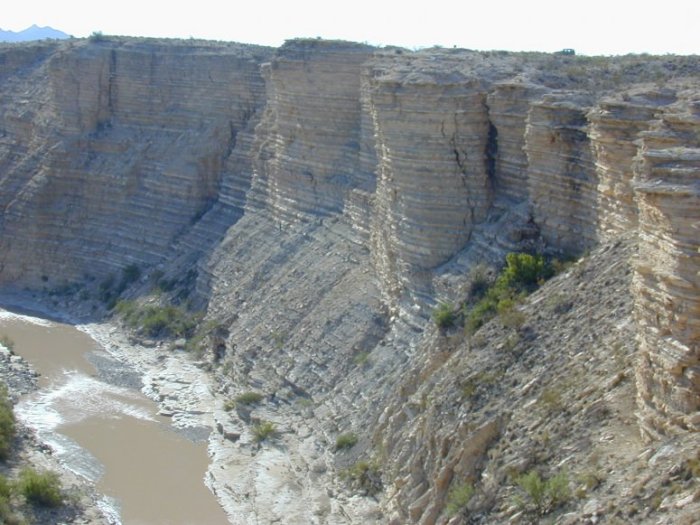
“The Niobrara Formation exhibits pronounced rhythmic rock layering due to changes in the relative abundance of clay and calcium carbonate,” Professor Meyers said.
“The source of the clay (laid down as shale) is from weathering of the land surface and the influx of clay to the seaway via rivers. The source of the calcium carbonate (limestone) is the shells of organisms, mostly microscopic, that lived in the water column.”
“The impact of astronomical cycles on climate can be quite large,” Professor of Geoscience Stephen Meyers said.
As an example, he mentioned the pacing of the Earth’s ice ages, which have been reliably matched to periodic changes in the shape of Earth’s orbit, and the tilt of our planet on its axis.
“Astronomical theory permits a very detailed evaluation of past climate events that may provide an analog for future climate.”
Scientists have searched for solid evidence confirming the Chaotic Solar System theory and now it has finally been found.
“Other studies have suggested the presence of chaos based on geologic data,” Professor Meyers said.
“But this is the first unambiguous evidence, made possible by the availability of high-quality, radioisotopic dates and the strong astronomical signal preserved in the rocks.”
MessageToEagle.com
Expand for references
